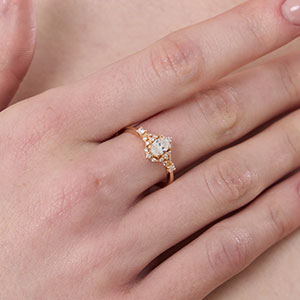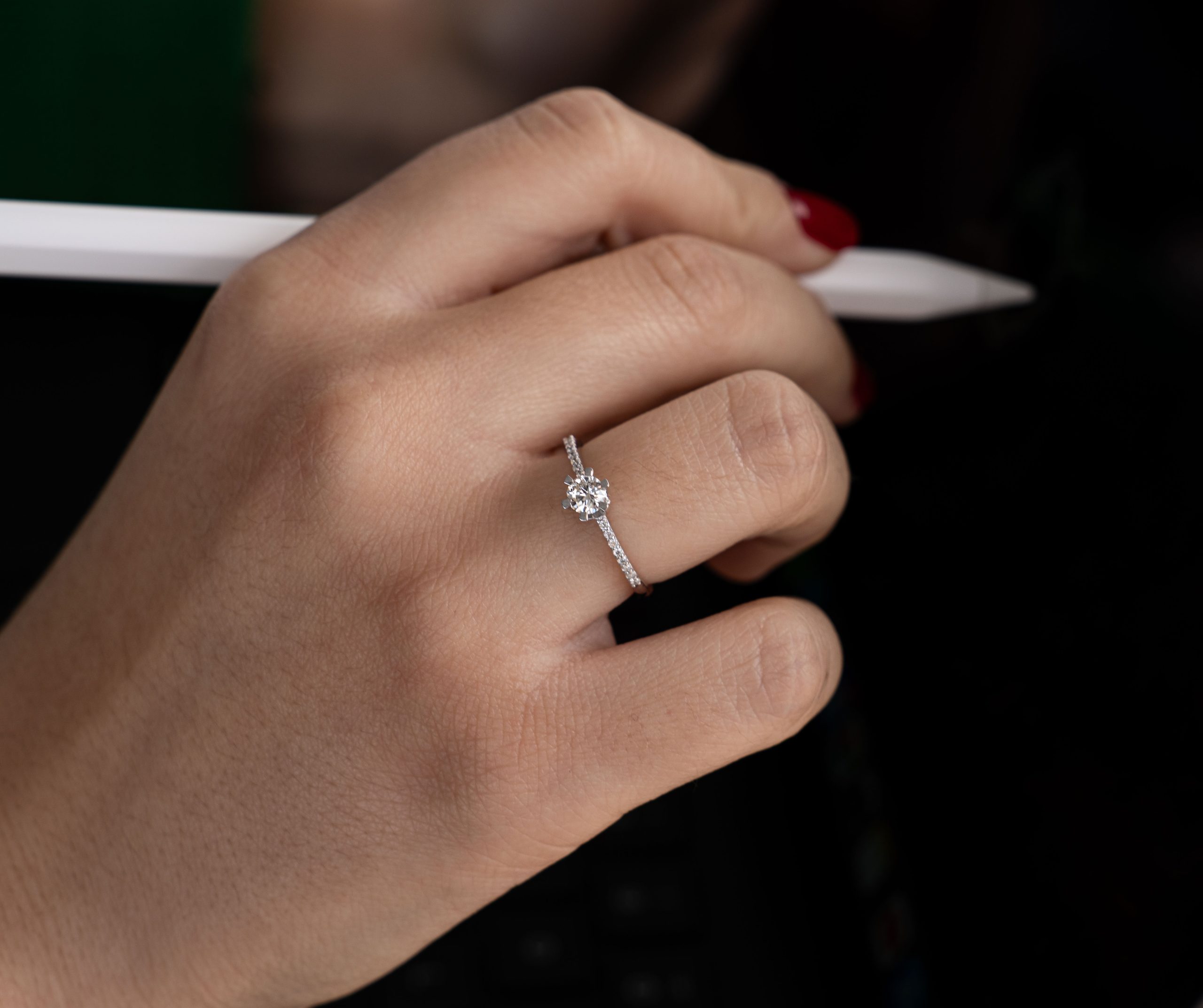Engagement Ring vs. Wedding Ring: What’s the Real Difference?
The journey to “I do” is often marked by sparkling jewelry, specifically engagement and wedding rings. But many people wonder: are they the same thing, or do they serve distinct purposes? It’s a question that pops up frequently, and for good reason! The subtle differences between these rings hold significant meaning and reflect the beautiful progression of a romantic relationship. Let’s delve into the details and clear up any confusion.
The Engagement Ring:
A Promise of Future Union
The engagement ring is traditionally presented when one person proposes to another, signifying a promise of marriage. It’s a symbol of commitment and the intention to join lives. Here’s what sets it apart:
- Timing: It’s given before the wedding ceremony.
- Purpose: It signifies a proposal and the couple’s intent to marry.
- Style: Engagement rings are often more elaborate, featuring a prominent center stone, usually a diamond, though other gemstones are also popular. They can be solitaire, halo, three-stone, or have other intricate designs.
- Wearing: Traditionally worn on the fourth finger of the left hand, which was historically believed to have a vein leading directly to the heart (the “vena amoris”).
- Symbolism: It represents the promise of a future together, a public declaration of intent to marry.
The Wedding Ring: A Symbol of Eternal Vows
The wedding ring, on the other hand, is exchanged during the wedding ceremony itself, signifying the official union of two people. Here’s what makes it unique:
- Timing: It’s exchanged during the wedding ceremony.
- Purpose: It signifies the official marriage vows and the legal and emotional bond between the couple.
- Style: Wedding rings are typically simpler than engagement rings. They are often plain bands of precious metal (gold, platinum, palladium), though they can also feature small diamonds or other gemstones. Matching bands for both partners are common.
- Wearing: Also traditionally worn on the fourth finger of the left hand, often placed below the engagement ring.
- Symbolism: It represents the eternal bond of marriage, the continuous circle symbolizing unending love and commitment.
Key Differences Summarized:
To make it crystal clear, here’s a quick comparison:
- Engagement Ring:
- Given at the proposal.
- Symbolizes a promise to marry.
- Often features a prominent gemstone.
- Worn before the wedding.
- Wedding Ring:
- Exchanged during the wedding ceremony.
- Symbolizes the marriage vows.
- Typically a simpler band.
- Worn after the wedding.
Wearing Them Together:
Many brides choose to wear both their engagement and wedding rings on the same finger. Traditionally, the wedding ring is placed closest to the heart, with the engagement ring stacked above it. Some people only wear their wedding band after the wedding, and only wear the engagement ring for special occasions. There is no hard fast rule, and wearing them is a matter of personal preference.
Beyond Tradition:
While traditional styles and customs are prevalent, modern couples are increasingly embracing unique and personalized approaches. Some couples opt for non-traditional engagement rings or wedding bands, or even choose to forgo one or both altogether. The most important aspect is that the rings symbolize the couple’s love and commitment in a way that resonates with them.
Conclusion:
In essence, engagement and wedding rings are distinct symbols of different stages in a couple’s journey. The engagement ring marks the promise of a future together, while the wedding ring signifies the official union. Understanding the differences allows couples to appreciate the rich symbolism and meaning behind these cherished pieces of jewelry. Ultimately, the most important factor is the love and commitment they represent.








